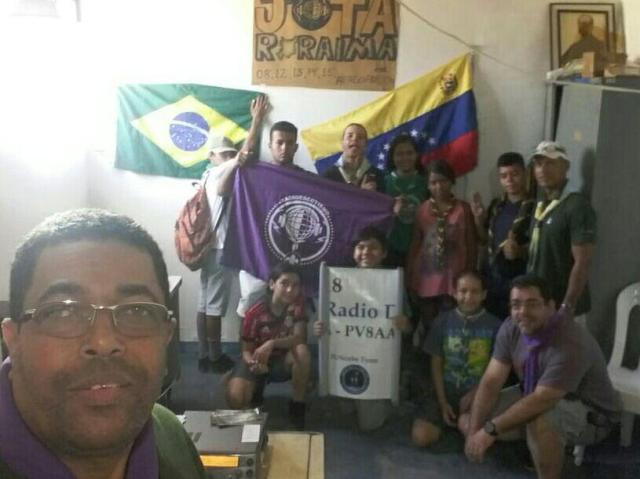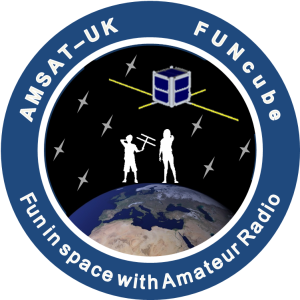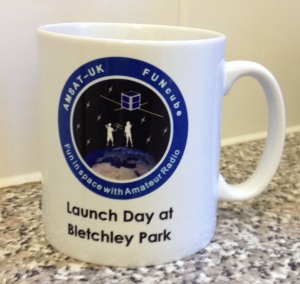ARISS Joins NASA On-The-Air for a Special SSTV Event
Amateur Radio On The International Space Station (ARISS) is planning a very special Slow Scan Television (SSTV) event from about 1000 UT Saturday, Oct. 27 until 1930 UT Monday, Oct. 29 on 145.800 MHz FM using PD-120.
Helping to support the event will be NASA’s Space, Communication and Navigation (SCaN) Department.
The Space Communications and Navigation (SCaN) program manages NASA’s three most important communications networks: The Space Network (SN), Near Earth Network (NEN), and the Deep Space Network (DSN).
Just as in past ARISS SSTV commemorations, twelve images will be downlinked, but this time with six featuring the SCaN educational activities while the other six images will commemorate major NASA anniversaries, ie., when NASA was established, astronauts first landing on the moon, etc.
In addition to the fun of receiving these images, participants can qualify for a special endorsement for the NASA On The Air (NOTA) celebration event. To learn more about NOTA visit https://nasaontheair.wordpress.com/
Once received, images can be posted and viewed at
http://www.spaceflightsoftware.com/ARISS_SSTV/index.php
The transmissions are expected to be broadcast at the usual frequency of 145.800 MHz using the PD-120 SSTV mode.
Please note that the event is dependent on other activities, schedules and crew responsibilities on the ISS and are subject to change at any time.
Source AMSAT News Service
Note the ISS transmissions use the 5 kHz deviation FM standard rather than the narrow 2.5 kHz used in Europe. If your transceiver has selectable FM filters try using the wider filter. Handheld transceivers generally have a single wide filter fitted as standard and you should get good results outdoors using just a 1/4 wave whip antenna.
ISS SSTV links for tracking and decoding Apps
https://amsat-uk.org/beginners/iss-sstv/
You can receive the SSTV transmissions by using an Online Radio (WebSDR) and the MMSSTV software:
• Listen to the ISS when it is in range of London with the SUWS WebSDR http://farnham-sdr.com/
• Listen to the ISS when it is over Russia with the R4UAB WebSDR http://websdr.r4uab.ru/
ISS Fan Club – Tracking / Predictions http://www.issfanclub.com/
If you receive a full or partial picture from the Space Station your Local Newspaper may like to know http://www.southgatearc.org/news/2016/july/now-is-a-great-time-to-get-ham-radio-publicity.htm
The RSGB produce a handy Media Guide and Template press release for anyone to download and adapt, see http://rsgb.org/main/clubs/media-guide-for-affiliated-societies/
An example of the publicity you can get for the hobby by telling your Local Newspaper
https://amsat-uk.org/2015/04/15/iss-sstv-in-the-press/
m5aka
AMSAT-UK
Powered by WPeMatico



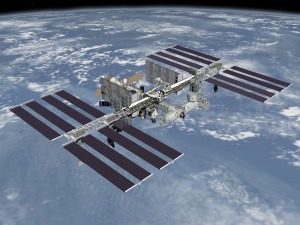
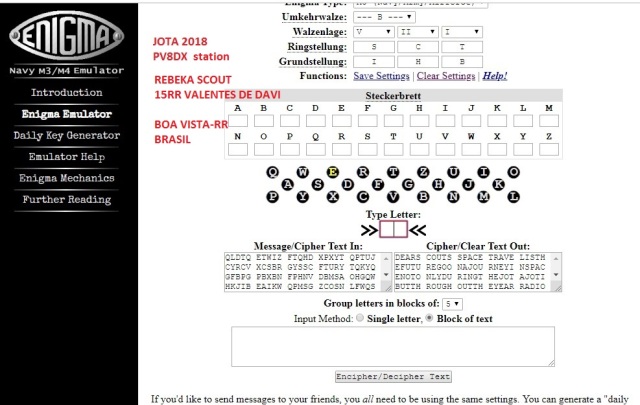 The
The 
